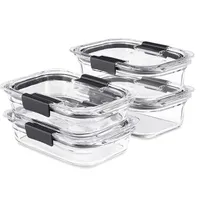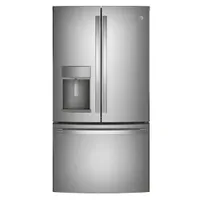How to get more out of of refrigerator: 7 tips I'll be following to make my refrigerator more efficient
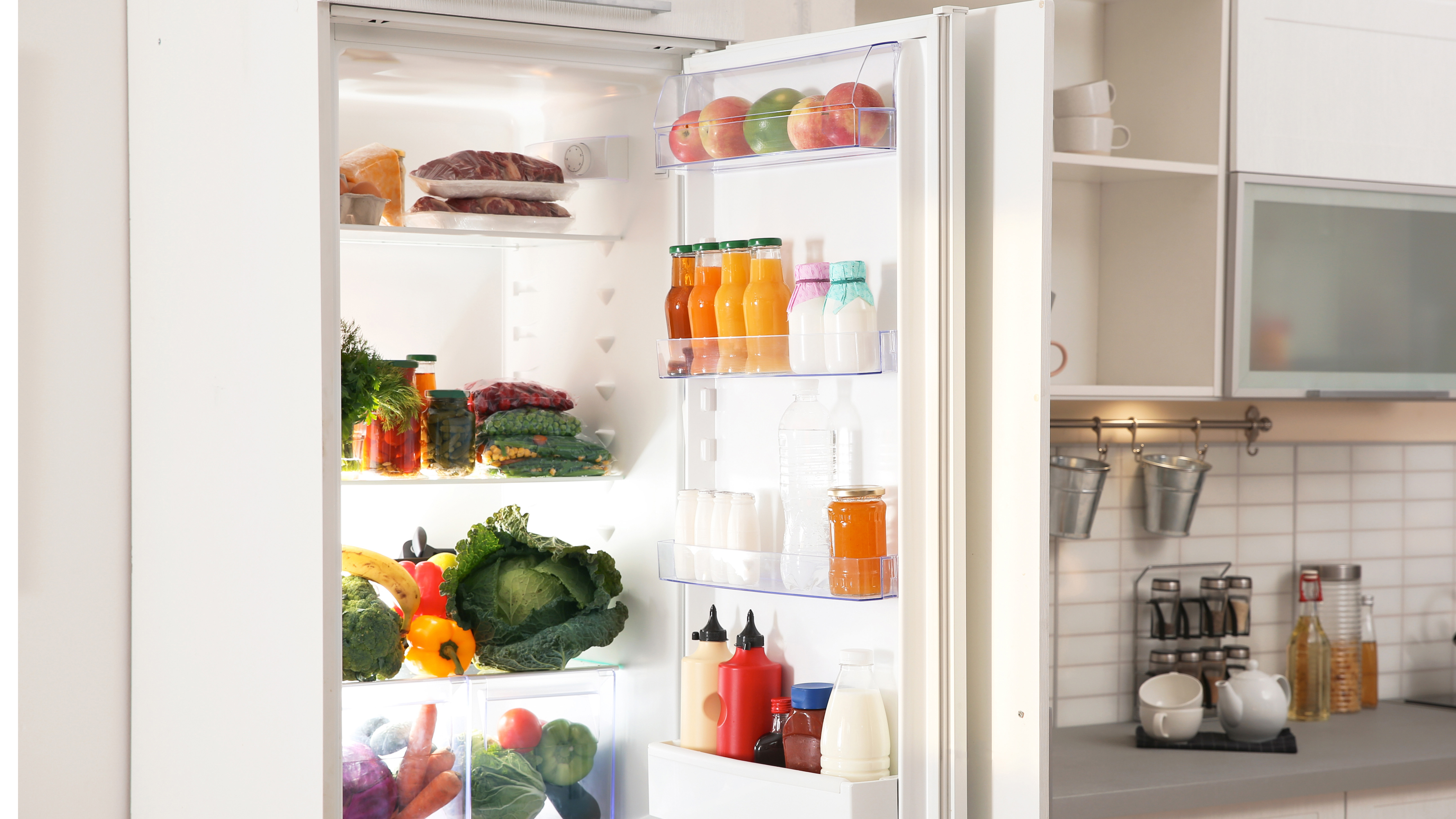
With a grown-up family that eats its way through a whole load of food each week, I simply couldn’t be without one of the best refrigerators to keep everything perfectly chilled and fresh. However, just like many other households, I’m concerned about my electricity bill and how I can use my appliances efficiently to save both energy and money.
So, whether you have a French door refrigerator, a side-by-side refrigerator, or, like me, an under-counter refrigerator, the same rules apply when taking steps to make your refrigerator more efficient.
Here, Ryan Adnams, Miele kitchen expert and director of Ati Harrogate, shares his practical tips to help you lower your refrigerator’s energy usage while still keeping your food perfectly chilled.
1. Keep your refrigerator at the best temperature
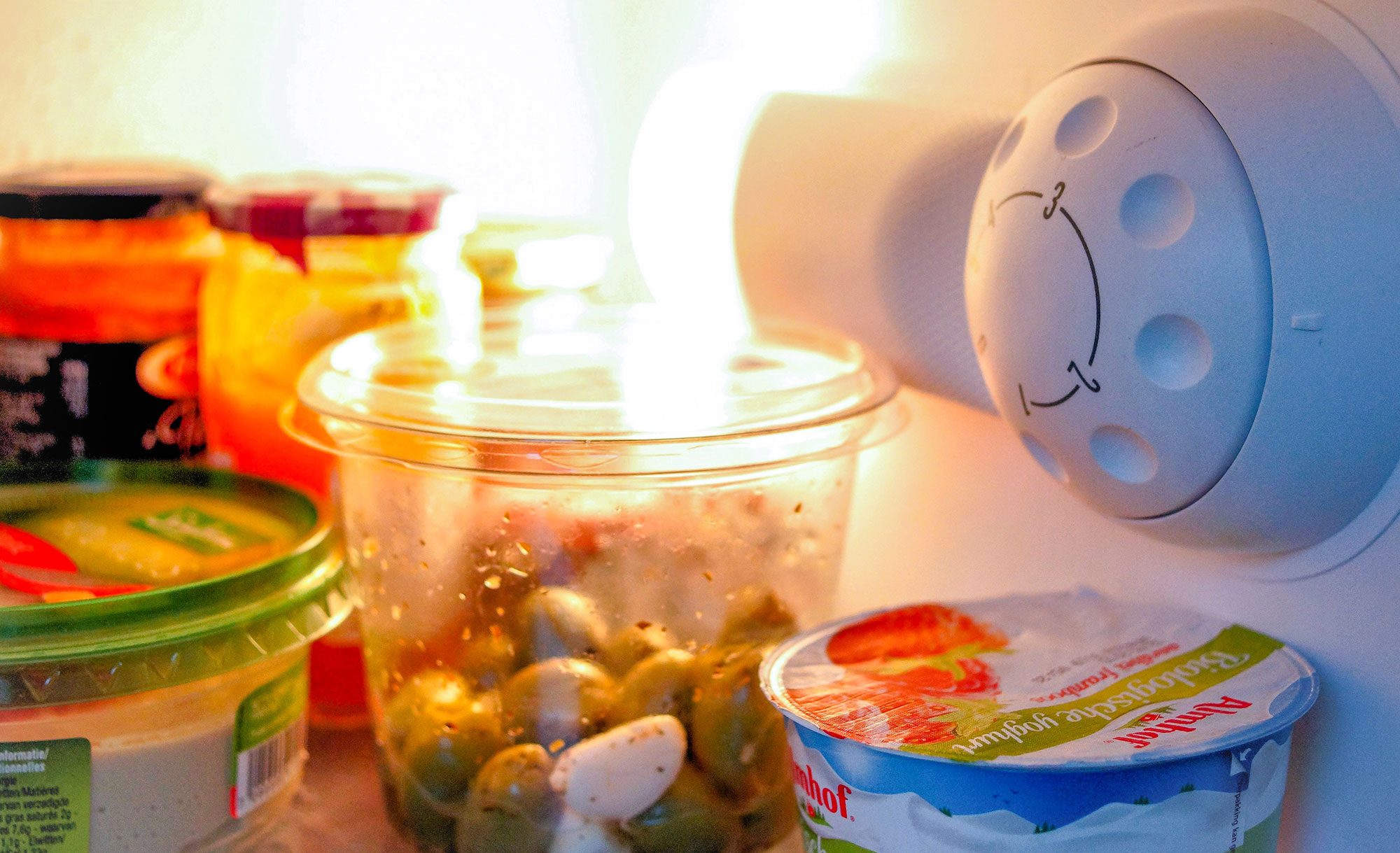
You can save energy by keeping your refrigerator at a steady temperature. Adnams says, “Setting your fridge to the optimal temperature range of 34.5°F-41°F (3°C-5°C) strikes the perfect balance between preserving food safety and reducing energy consumption. Temperatures below this range waste energy unnecessarily, while higher temperatures risk affecting food freshness and safety.”
Edison International also mentions that a refrigerator set at 10°F colder can use up to 25% more energy.
Also, think how often you leave the fridge door open unnecessarily. For instance, I often remove milk and leave the door open while I top up my coffee. It’s only once I replace the milk that I close the fridge door, but this action wastes energy.
Instead, Adnams recommends, “Lessen how often and how long the door is left open, as frequent temperature fluctuations force the fridge to use more energy to stabilize.”
Get instant access to breaking news, the hottest reviews, great deals and helpful tips.
2. Don’t underload or overload your fridge
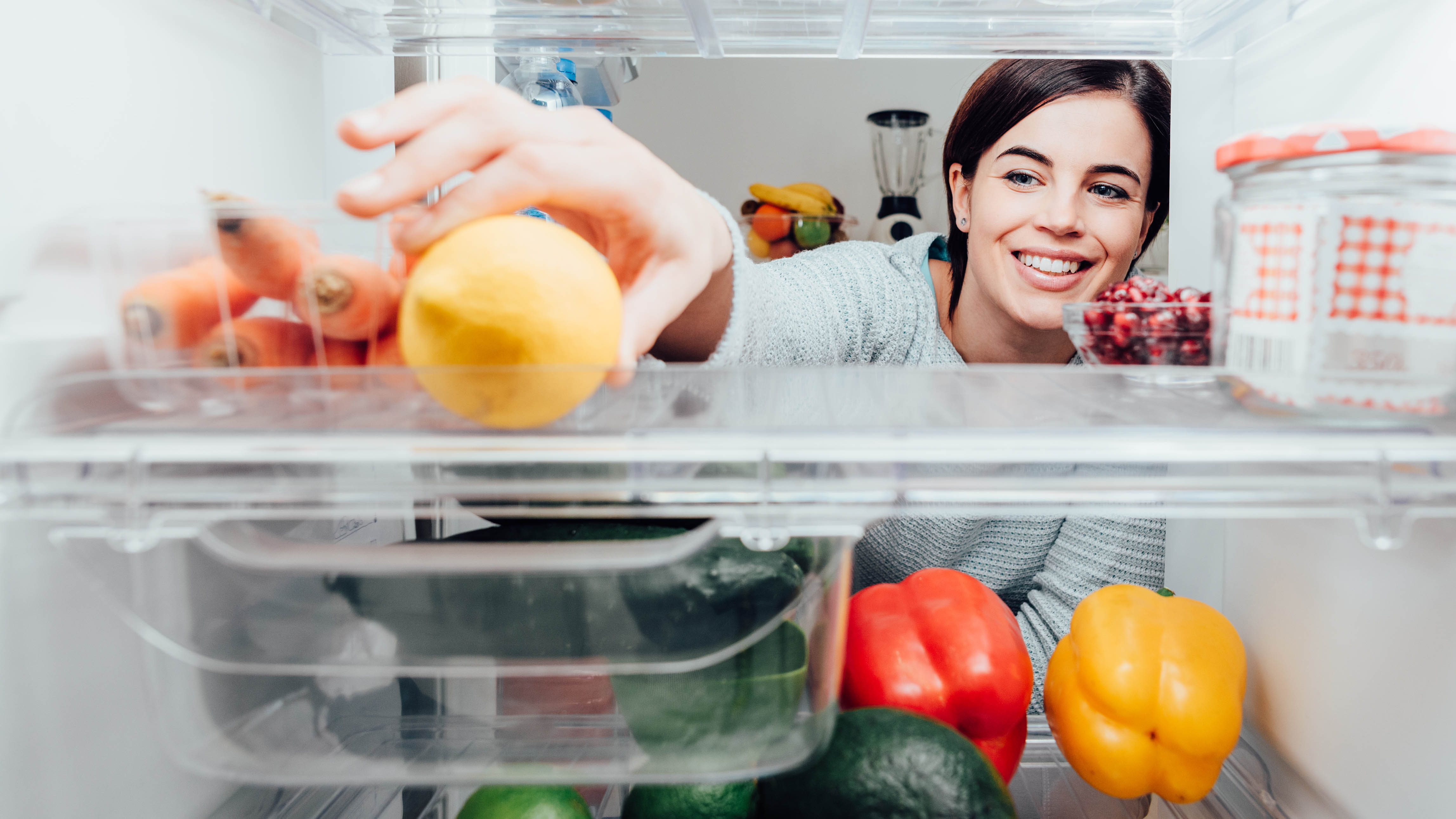
A fridge that is too empty or too full is not working efficiently. Adnams explains, “A refrigerator that is about two-thirds full operates more efficiently than one that’s nearly empty. Items inside help maintain consistent temperatures, reducing the workload on the compressor.”
However, cramming a fridge full is also unwise. “Overcrowding can block airflow, forcing the fan and compressor to work harder, which increases energy use and shortens the appliance’s lifespan,” he adds.
You might also be interested in 5 reasons why you're loading your refrigerator all wrong and experts tips on how to do it right.
3. Use glass storage containers
Look inside my refrigerator, and you’ll find an assortment of plastic containers storing opened produce and leftovers. However, plastic is not the most suitable storage material, as Adnams advises that glass is more efficient.
“Using glass containers for food storage helps your fridge maintain consistent temperatures more effectively, as glass absorbs and retains cold better than plastic.”
These four glass storage containers with lids are leakproof and airtight and measure 12.81"L x 8.81"W x 6.5"H. The glass bases are oven proof up to 450°F, and can be heated in the microwave with the lids detached. They are also dishwasher safe, with the lids placed on the top rack. They are great for a multitude of storage and can be easily stacked.
4. Avoid storing hot food and uncovered items
If you place hot food in your refrigerator, the temperature inside will increase almost immediately. Your fridge will have to work harder and use more energy to keep the temperature at the thermostat setting.
Similarly, Adnams says, “Storing uncovered food and liquids increases moisture levels, which can strain the compressor.”
Apart from causing additional demand on your refrigerator, it’s advisable to always cover food to prevent cross-contamination.
5. Mind the gap
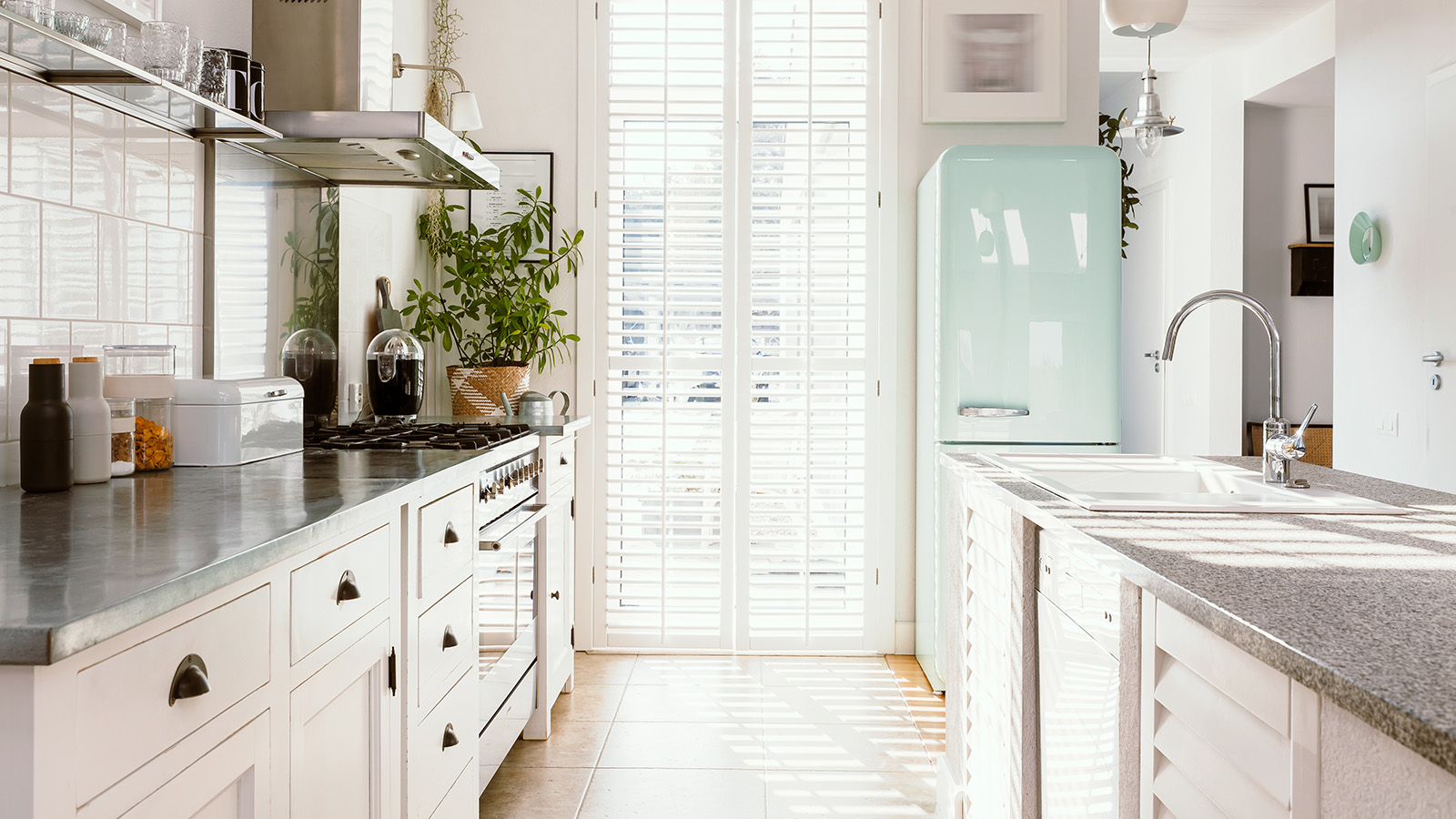
I like to lay out my kitchen around the trusted kitchen triangle. This concept is based on arranging your range, fridge, and sink in a triangular shape so that everything is within easy reach, avoiding the need to walk from one end of your kitchen to the other.
However, although I always recommend this layout, Adnams advises there are some places you should never position a fridge and that “the location of your refrigerator makes a big difference in its efficiency.”
With this in mind, he says, “Keep it away from heat sources like ovens and radiators, and make sure there are at least 2 inches (5 cm) of ventilation space around it.”
Why do you need to leave a space? “It allows the appliance to release heat effectively and work less to maintain cool temperatures,” he explains.
6. Make use of power-saving features
It’s common to own appliances without realizing the full extent of their functionality, and this applies to refrigerators, just like any other household appliance. You may be underutilizing your refrigerator’s features without realizing it, so check your manual to see if there are any energy efficiency functions that you’re not aware of.
Adnams says there’s one function that can be particularly helpful when you are going on vacation. “If your refrigerator has a power saver or vacation mode, take advantage of it when possible. These settings reduce energy consumption, particularly when the appliance isn’t being heavily used.”
This refrigerator takes the top spot in our best refrigerator buyng guide because of its unmatched versatility. There’s a full width shelf for which you can adjust the temperature to suit your produce. While another slides under itself to make way for taller items. The water dispenser even runs automatically.
7. Keep on top of regular maintenance and cleaning
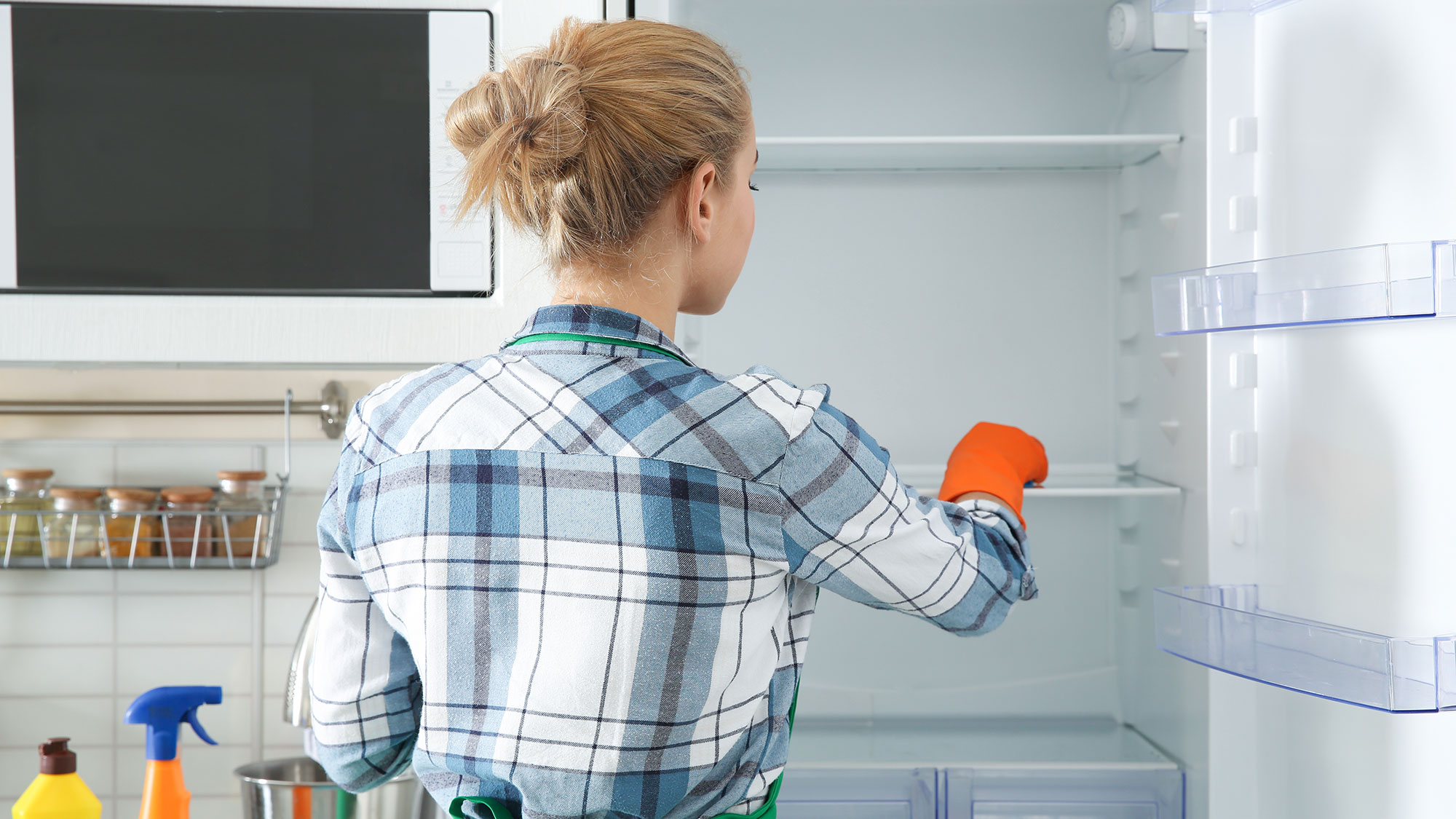
I regularly clean the inside of my refrigerator before I do a big grocery shop, but I don’t always check the hidden parts that can help my refrigerator run smoothly. Here, Adnams says, “Regular maintenance, such as cleaning the condenser coils and checking door seals, can extend the life of a refrigerator and ensure it runs at peak efficiency.”
He adds, “Dust on the coils or damaged seals can cause the appliance to use more energy than necessary.”
More from Tom's Guide
- Discover why is my refrigerator not cooling? Common reasons and expert advice on how to fix it
- And your smelly refrigerator could make your whole kitchen stink — 9 ways to fix it
- Plus, French door vs. side-by-side refrigerators: Which should you buy?

Camilla is the Homes Staff Writer and covers everything to do with homes and gardens. She has a wealth of editorial experience, mounting over 30 years, and covers news and features, tests products for reviews and compiles buying guides.
Her work has appeared in business and consumer titles, including Ideal Home, Real Homes, House Beautiful, Homebuilding & Renovation, and Kitchen & Bathroom Business. She’s even appeared on the cover of Your Home, writing about her own house renovation.
Although she’s obsessed with decorating her home, she also enjoys baking and trying out the latest kitchen appliances. But when she’s not inside, you’ll find her pottering about in her yard, tending to her vegetable patch or taking in her prized hydrangeas.
You must confirm your public display name before commenting
Please logout and then login again, you will then be prompted to enter your display name.
